My mother constantly told me as a child that less was more…. Granted it was possibly because I was keen on talking too much, but it’s something that I think today we can all relate to.
In my opinion Sport Science is an industry that has adopted a ‘less is more’ mindset over the last 5-10 years, something that is creating a stigma within the industry and might even be creating more problems than it’s solving.
It may sound like a big statement, but how many times do we see sport scientists telling coaches that an athlete should do less today or even nothing because their risk of injury is increased? My guess is that this is a very frequent conversation and unfortunately puts the sports scientist in role of the grim reaper. In an honest effort to keep the team healthy, they are the ones who arrive to the coaches office trying to put the brakes on athletes.
The question I continue to ask myself is how has this happened? Quite honestly, I think it has happened because we are inundated with data and we really don’t know what to do with it or how to use it. Isolated research studies showcase the value of specific data points or calculations which then get adopted across the industry widely. For example, let’s imagine a study in professional football that showcased when athletes increased their weekly running distance by over 25%, that injury risk increased by 50%. Other teams would then naturally use these findings to drive decisions about athlete running distances, likely resulting in halting athletes topping that 25% increase week on week. This seems like a perfectly logical step to take and practitioners would assume they would have a positive effect on player health.
But here’s the problem – every team is not the same, every athlete is not the same. Therefore, doing less or avoiding increases can result in more injuries than they stop. We expect our athletes to do incredible things and perform at levels that push the boundaries of human performance, right? Well to do this we need to create overload, we have to push athletes to get fitter, faster and stronger. We have to push them to be fit enough to cope with the ever increasing demands of the game. These advances in performance that we crave and desire require, effort, hard work and huge amounts of WORK! Our research has shown time and time again that in many scenarios for many teams that there is far less risk for athletes by increasing their load and volume of work than there is from doing less.
We are seeing evidence that deconditioning may occur far quicker than we actually think which creates a knock-on impact of athletes breaking more frequently due to a reduction in stimulus. We’ll be releasing a series of insights over the coming weeks providing examples that highlight the importance of maintain high levels of stimulus for both the volume of work athletes participate in and the intensity of the work they do without increasing health risk. The old adage of train hard play hard holds true even in 2018…..
My mother doesn’t like it when I disagree with her, but science is proving that less isn’t always more!
Some examples from analysing the data of our sporting teams, where really more IS better.
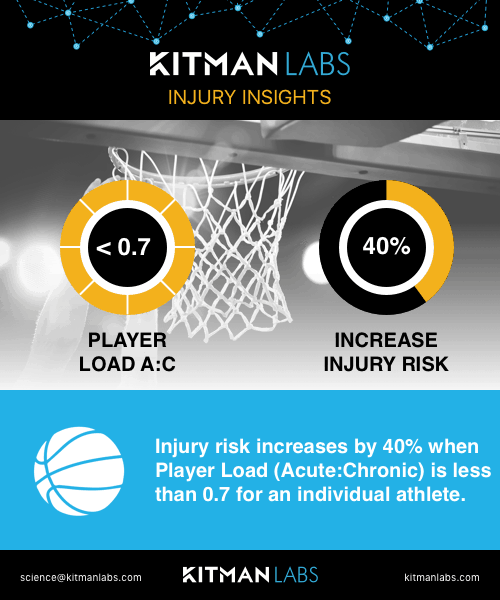
Less isn’t always more. Athletes need to be ready to sustain the load demands of a game. An example here from professional basketball team.
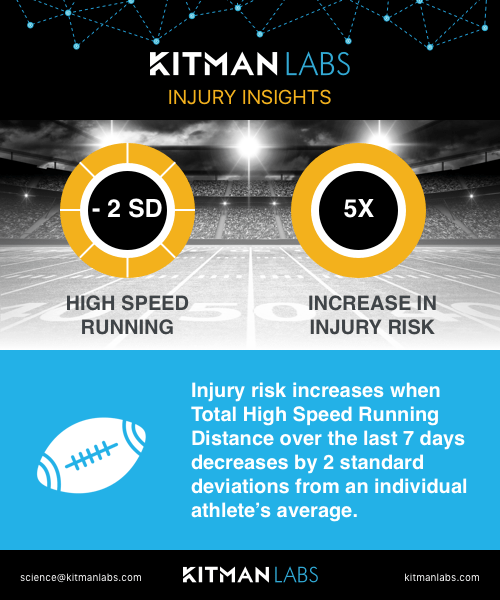
Can your athlete’s keep up with the pace of the game? #americanfootball Exposures to high speed running mitigates injury risk.
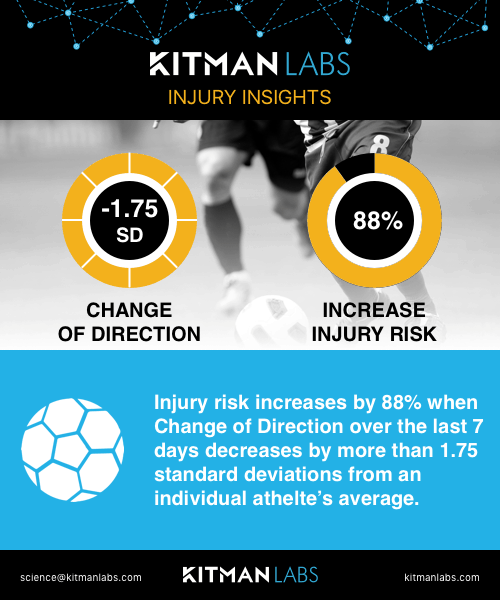
Less isn’t always more. Decreases in high speed change of direction results in increased injury risk #soccer. Allow data steer your training practices
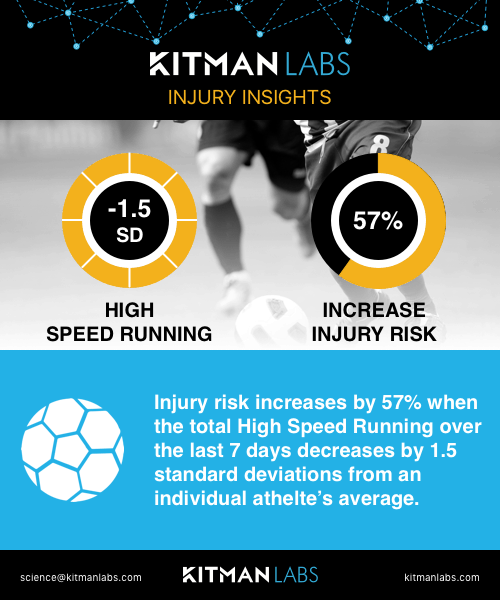
Does your training reflect the high intensity elements of the game? #Soccer players need exposure to High Speed Running.
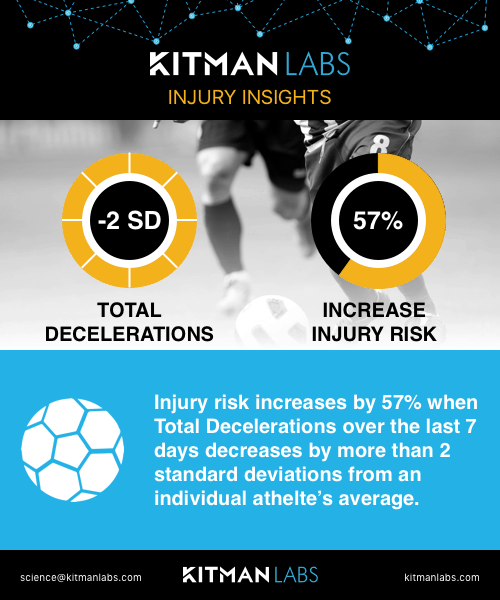
Have your athletes developed the strength and power to stop? Check out this #soccer example.
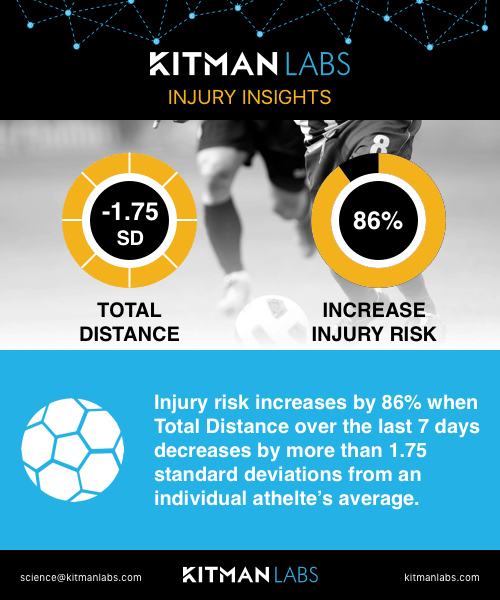
Are you doing enough to drive your athletes forward? Decreases in total distance in professional #soccer increase injury risk.



 More than Equal’s mission is to close the gender gap in motor sports and find and develop the first female Formula 1 world champion. They will now have an advanced operating system to centralize data for female drivers participating in More than Equal’s pioneering Development Programme.
More than Equal’s mission is to close the gender gap in motor sports and find and develop the first female Formula 1 world champion. They will now have an advanced operating system to centralize data for female drivers participating in More than Equal’s pioneering Development Programme.